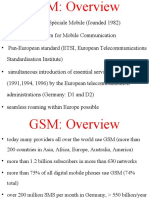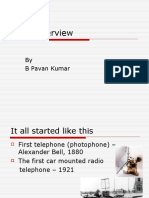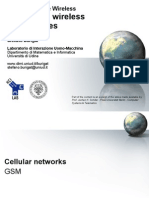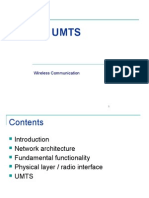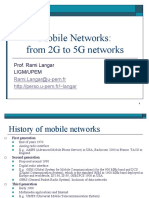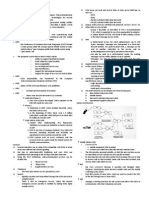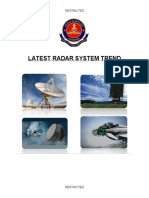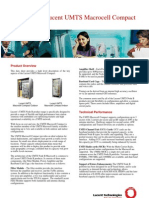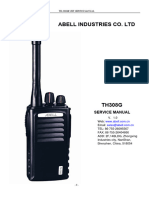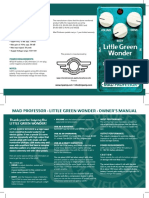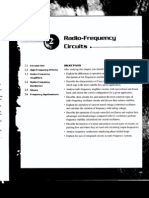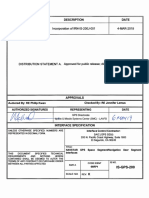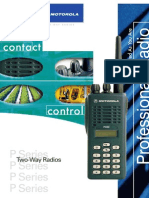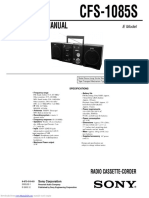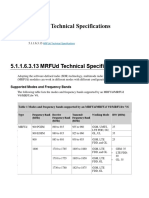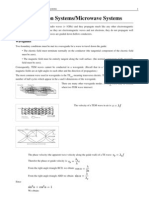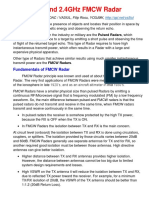0% found this document useful (0 votes)
38 views50 pagesChapter 6
This document provides an overview of the Global System for Mobile Communication (GSM) technology. It discusses the key components of GSM including the mobile station, base station, mobile switching center, location register, and their subsystems. It also describes the core GSM services like voice calls, messaging, entertainment, location-based services and video calling. The architecture of GSM is explained showing how the radio subsystem connects to the network and switching subsystem and ultimately to partner fixed networks.
Uploaded by
wubetayalew2Copyright
© © All Rights Reserved
We take content rights seriously. If you suspect this is your content, claim it here.
Available Formats
Download as PDF, TXT or read online on Scribd
0% found this document useful (0 votes)
38 views50 pagesChapter 6
This document provides an overview of the Global System for Mobile Communication (GSM) technology. It discusses the key components of GSM including the mobile station, base station, mobile switching center, location register, and their subsystems. It also describes the core GSM services like voice calls, messaging, entertainment, location-based services and video calling. The architecture of GSM is explained showing how the radio subsystem connects to the network and switching subsystem and ultimately to partner fixed networks.
Uploaded by
wubetayalew2Copyright
© © All Rights Reserved
We take content rights seriously. If you suspect this is your content, claim it here.
Available Formats
Download as PDF, TXT or read online on Scribd
/ 50





